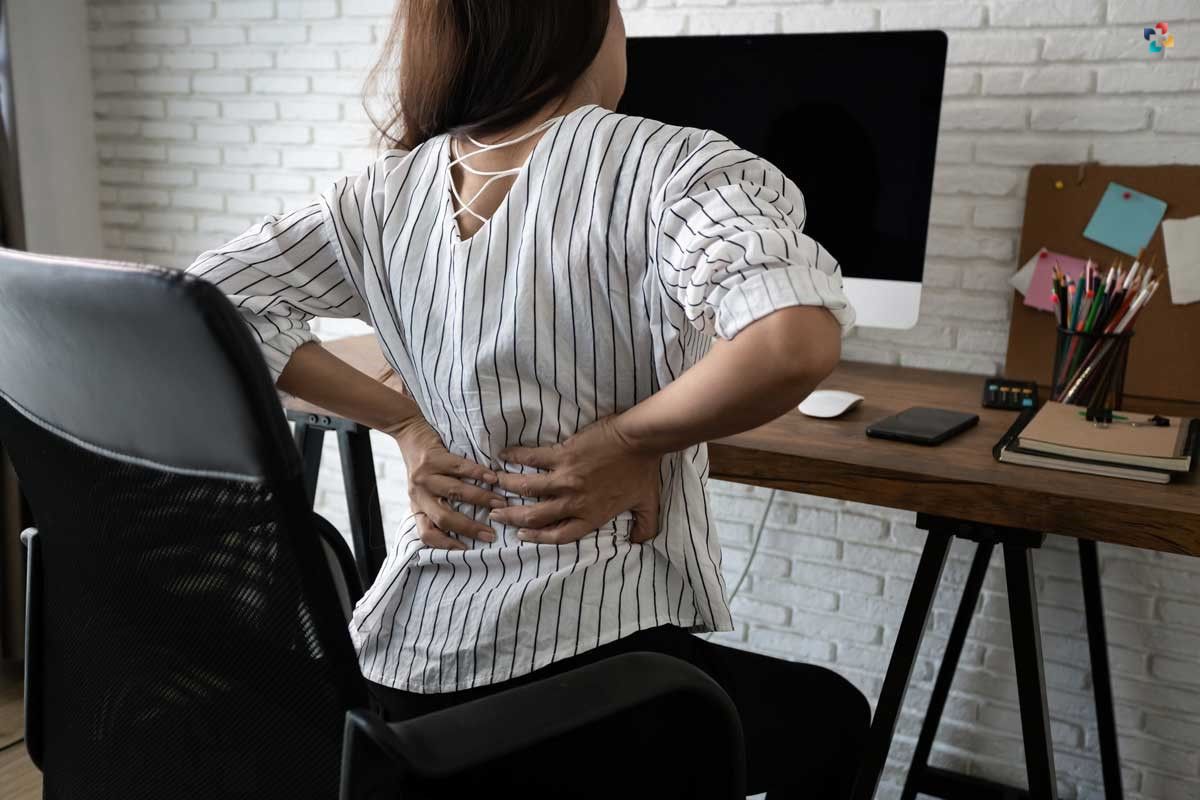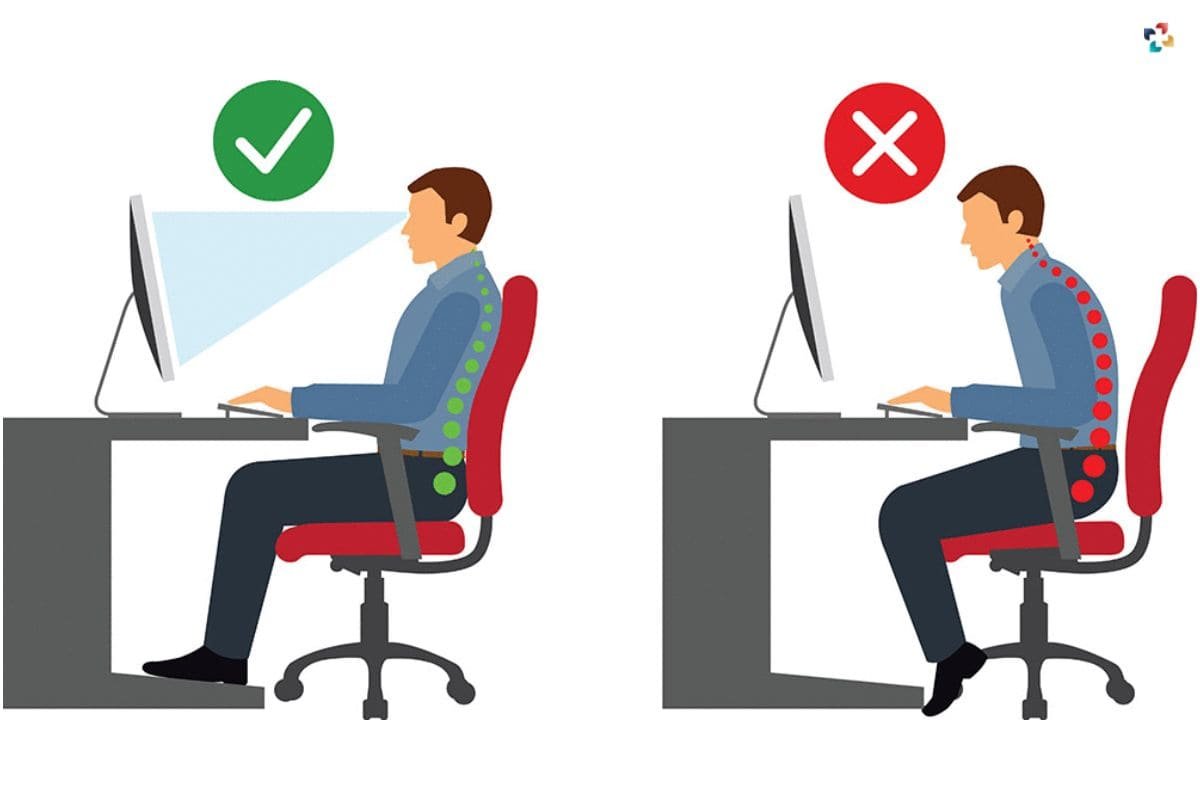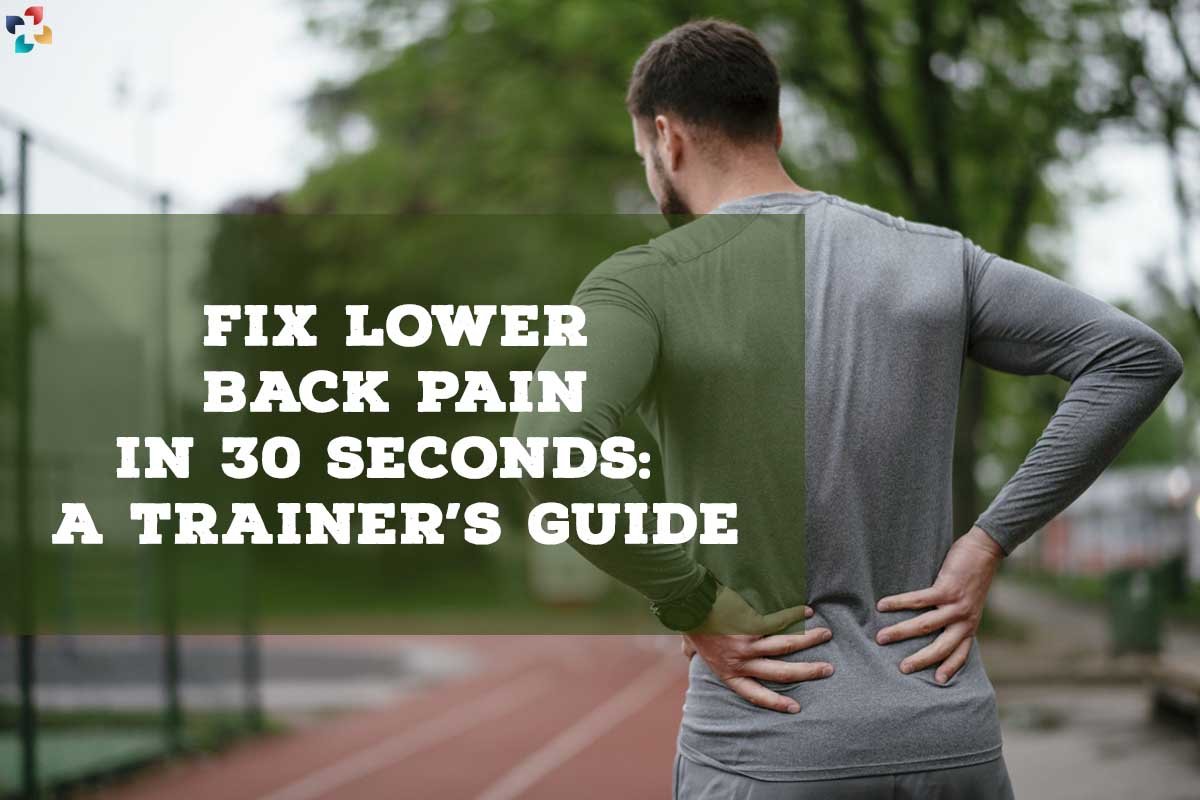You might not realize how much a personal trainer helps prevent and fix lower back pain in 30 seconds. What you need to know is listed below;
Trainers can “make” clients by making it possible for people with back pain to work out. With a thorough assessment, the trainer will be able to figure out what is causing the pain, such as the motions, positions, loads, or other things that hurt.
By avoiding the things that make clients’ pain worse, the pain pathway can become less sensitive. Once the pain triggers have been taken away, trainers can build a base for pain-free movement. It’s important to know when to move a client forward or backward.
Trainers have the most power to change the ways people move, which can either cause or fix lower back pain. When people with back pain come to me, most of them have symptoms that trainers and clinicians have caused. At the same time, I will say that you, as the trainer, can be the best person to fix lower back pain in 30 seconds.
It’s impossible to say enough about how important you are to your client’s spinal health. This overview is meant to give you and your clients the tools you need to reduce pain and enjoy the joy that comes from moving in a disciplined and skilled way that doesn’t hurt.
There is no such thing as back pain that has no clear cause. Always, there is a reason. Almost always, certain movements, positions, and loads can make the pain worse or lessen it. Trainers who take this into account can help their clients become strong and able-bodied.
Our healthcare system is really bad at helping people with back pain. Most people don’t get the most important part of their doctor’s prescription for getting rid of back pain. That is, they need to know enough about their condition and understand it well enough to be able to speak up for themselves to fix lower back pain in 30 seconds.
Instead, they might only get a 10- or 15-minute appointment, which is not enough to figure out why they are having back pain. By the end, they are angry and don’t know what behaviors they need to stop doing to stop the pain. Worse, they don’t know what it takes to build a foundation for moving without pain.
“Passive” treatments like painkiller prescriptions or ultrasounds may be part of a bigger plan, but they rarely work long-term if there isn’t also a plan to stop the cause. What’s needed is a thorough look at what causes pain for each person. This will find out how the pain is caused, which will then lead to a targeted treatment plan. It’s not hard to do an exam to find out what causes a client’s pain, and I’ll show you how to do it soon.
Before we get to that, you should know that there are a lot of common myths about back pain that can make it harder to get better if neither the patient nor the trainer is clear about what they want to fix lower back pain in 30 seconds.
People with back pain are often given names like “non-specific back pain,” “idiopathic back pain,” and “lumbosacral strain.” In reality, these labels just mean that the patient hasn’t had a good look at what’s causing their pain, so they have a “non-specific diagnosis.”
Another popular diagnosis is “degenerative disc disease”. This kind of diagnosis is like saying that your mother-in-law has “degenerative face disease” because she has wrinkles. When a scared patient tells me he’s afraid of this supposed progressive disease, it makes me sad. When I tell him he doesn’t have this disease, his reaction can range from relief to anger at the person who gave him the wrong diagnosis.
Trainers and doctors can help patients do a more thorough self-assessment that will help them figure out what causes their pain. Most of the time, this is the first time a patient gets an accurate assessment of what is causing to fix lower back pain in 30 seconds.
Trainers and doctors would also be better able to help people with back pain if they were treated as individuals. This would help them understand why one method might work better for one person but hurt another. Using the information they’ve learned from the test, they can: Take away the things that hurt. Set up the foundation for moving without pain.
- Degenerative disc disease
- Healthcare system
The Main Goal Here is to Fix Lower Back Pain in 30 Seconds and Use a Method That Will Work for Each Patient and His or Her Unique Causes of Pain;
1. What do We Think?
It is possible to fix lower back pain in 30 seconds, but hard, to try to figure out what is wrong with a painful back just by looking at its structure. By looking at X-rays, scans, and “poking around,” a surgeon might be able to make a diagnosis based on the tissue, but their main goal is to “cut the pain out.”
After reading a lot of research, I can tell you that a certain movement, posture, or load will almost always make back pain worse. A series of simple diagnostic tests will help find the movements, positions, or loads that can make a client’s back pain worse and that the client can handle well. Here is an example of an assessment that will show if the client’s pain is caused by their posture or the way their spine is curved:

Many other tests try to find out if the position of your head affects how much pain you feel or if certain hip movements or even lunges cause or fix lower back pain in 30 seconds. Shear testing, for instance, shows which clients can do a kettlebell swing and which ones should stay away from them. Check out one of my books for more information. Low Back Disorders, Third Edition, With Web Resource: Evidence-Based Prevention and Rehabilitation
By using this system, you will be able to find clients with extension intolerance, shear load intolerance, and many other intolerances, and put them into groups based on their intolerances. For example, workers with “spine flexion bending intolerance” will probably feel worse when they sit, tie their shoes, or do other things that cause their spine to bend. However, when the motion is moved to their hip joints, they tend to have a very high load tolerance.
Using your list of your client’s exact pain triggers as a guide to fix lower back pain in 30 seconds, you can make a plan to stop these specific pain triggers from happening. So, the goal of the whole rehabilitation plan is to improve function while staying away from these triggers. More importantly, you’ve shown your client how to avoid the things that make their pain worse fix lower back pain.
2. Essential Elements of Function
Some loads on the spine are good and necessary for keeping the back healthy, but others are bad and can cause damage to the spine over time. For example, you can bend a thin branch back and forth without hurting it, but you would break a thick branch if you did that. Thicker tubes just get more stress and break sooner.
The same thing is true for thicker spines in bigger people, so a smart trainer should take this into account when making a program. So, the way each client responds to loading depends on biology, injury or training adaptation, genetics, and the rate of repair. The good news is that a healthy, pain-free back can be achieved by carrying the right amount of weight—not too much or too little to fix lower back pain in 30 seconds.
Not surprisingly, a strong and pain-free back depends on how well your muscles work. Without the muscles around it, the spine would be completely useless and unable to support the upper body’s weight. It would buckle, plain and simple.
People who don’t have enough muscle coordination have done this. Muscles must contract in a coordinated way that makes them work like guy wires, which are high-tension cables that strengthen the stability of a structure and keep the spine from buckling when a heavy load is put on it to fix lower back pain in 30 seconds.

By stiffening and stabilizing the torso, these muscles make it possible for the arms and legs to move. However, this kind of stress-free movement is only possible when the shoulders and hips are also flexible. When it comes to using the core to control the spine, people often wonder if stiffness or mobility should be more important. It turns out that you need both of them.
Your spine muscles are always adjusting the balance between stability and mobility. This is similar to how some parts of a car stiffen and others move so that the car can do what it needs to do. This “sweet spot” is based on a set of rules for how to move and fix lower back pain in 30 seconds.
For example, a backhoe needs to put its legs on the ground to keep it stable and let the articulated link dig. The human body’s articulated link needs proximal stability (core) to allow distal mobility and power flow to distal links (arms and legs distal to the shoulders and hips).
Think of the spine as a flexible rod for another example. If the upright rod isn’t stiff, it will bend when weight is put on top. If you put guy wires around the rod, it will become stiff enough to hold a lot of weight. Bracing torso muscle activity is important for the spine if people want to be able to lift more without getting pain and fix lower back pain in 30 seconds.
3. What Causes Back Disorders?
Many things can cause back problems, but the scientific evidence is strongest for a few mechanical causes. Once a person has felt pain and their nervous system has become sensitive to it, several factors can change how they react to fix lower back pain in 30 seconds.
These factors can make the person more or less sensitive to pain. The patient’s response to load magnitude, repetition, and duration is affected by the person’s biology, how well they have adapted, how big they are, and whether or not they have been hurt before.
For example, the spinal discs have a fatigue life, which means that the patient can only bend their back so many times before it hurts. Moving the spine and bending its discs can cause pain, which can be changed by hydration and other factors. For example, when you get out of bed, your discs are more hydrated and under more stress.

This makes it harder to do bending exercises at this time to fix lower back pain in 30 seconds. Other factors include the load at the time of bending, the direction of the bending axis, and a patient’s training routine and approach. If a person keeps doing flexion-stretching on his back, which bends a painful disc, he will probably have worse symptoms or at least an aggravated (and recurring) situation. When you sit for a long time, your spine (especially the lowest lumbar discs) bends forward, which makes the same mechanism worse.
Some people with flexion intolerance are told to pull their knees to their chests to feel better. This movement activates the stretch receptors in the back extensor muscles and relieves pain for about 15 minutes. However, the patient doesn’t know that this bending has caused more damage to the pain mechanism or made it more sensitive.
In other words, when a patient finds a “quick fix” or a short-term solution to fix lower back pain, they are making their pain triggers more sensitive and inviting more pain attacks in the future. These kinds of stretches can start a dangerous cycle: they may make the pain go away temporarily, but they don’t do much to fix the pain in the long run.
Fix lower back pain in 30 seconds, these patients feel better when they change their position often or walk quickly, but they can’t stand or sit. In this case, the person should sit on a small cushion to help support their lower back and stop the lumbar flexion trigger from happening. Also, special exercises made to counteract the stress that builds up from sitting for long periods usually help.
For example, a key first goal for the trainer is to teach the person how to move with their hips instead of their spine. Different subcategories will, of course, have different ways to avoid the cause and build a pain-free foundation. That is just one example of how testing and putting people into groups based on their back pain can lead to better ways to prevent and fix lower back pain than a typical, rushed doctor’s appointment.
Think about how athletes, construction workers, farmers, and people in many other active jobs move. By first correctly identifying a set of specific stressors, all of these people can change their movements to fix lower back pain in 30 seconds and do their work in a way that doesn’t hurt their spines. As with any other kind of pain, the faster a person can stop feeling the triggers, the faster they will be able to stop feeling the pain altogether. By following a few rules for back health and function, you can make a plan to make your body less sensitive to pain.
How to Fix a Tight Lower Back in 30 SECONDS
Bottom Line
If you are someone who drives a lot during the day, someone who sits 8-9 hours a day in a chair, or someone who does not move the body much, there are high chances that you might catch lower back pain. If you’ve gone through it, you must have tried different options to fix it, be it medicines, massages, or frequent appointments with a physiotherapist. Adding to your options, we hope this blog “Fix Lower Back Pain in 30 Seconds: A Trainer’s Guide” will help you in some way or the other.











